Soft rock phosphate, also called CalPhos or colloidal phosphate, is a great source of phosphorus and calcium for your plants. Our CalPhos comes from phosphate rock mined in Florida, which was formed millions of years ago from the mineralized remains of marine creatures. Soft Rock Phosphate should not be confused with Hard Rock Phosphate.
Although both products contain calcium and phosphorus, the nutrients in soft rock phosphate are more readily available for your plants to use. However, just because the nutrients are more readily available does not mean that they will be quickly used up. CalPhos is a slow release fertilizer. It contains 20% phosphates; however it only has 3% phosphorus that is immediately available. The rest of the phosphorus will be released over as many as five years depending on soil conditions, to give your plants a continual source of this macronutrient.
CalPhos also contains 20% calcium, which is an essential mineral for many aspects of plant growth yet is deficient in some soils. Because the phosphorus in CalPhos becomes available slowly, it is not the best choice if you need to fix a nutrient deficiency quickly, or if you’re gardening in containers or hydroponically. If you require a quick-acting source of phosphorus, try high-phosphorus guano, or for a short-term source of both calcium and phosphorus try bone meal.
How to Get the Most Benefit from Soft Rock Phosphate
The phosphorus in CalPhos is tightly bound, and requires acidic soil or beneficial microbial activity to be able to be taken up by plant roots. To achieve this more quickly than just letting nature take its course, mix your CalPhos with compost when applying it. The direct contact with acidic compost will help loosen the chemical bonds and allow the plants to make use of the phosphorus. Applying compost, alone or in combination with mycorrhizae or other beneficial microbes, will also continue to help to release the phosphorus over time, by introducing these helpful microorganisms into your soil.
You should not use CalPhos in alkaline soil, because even with the help of compost and microbes the pH will be too high to get the most out of this fertilizer. For high pH soils, try a high-phosphorus guano instead. Before applying CalPhos, it is best to test your soil to determine the correct rate of application. A professional soil test is the ideal way to go, or try a home kit for a ballpark analysis. If your soil results show that you have sufficient phosphorus OR calcium, and only need the other nutrient, you may want to use a different fertilizer to meet your soil’s needs. For phosphorus, try guano, or EB Stone UltraBloom. For calcium, try limestone, dolomite, or oystershell lime.
Adding Soft Rock Phosphate to the Garden
- To use soft rock phosphate, incorporate it into your soil prior to planting, or apply in the planting hole for transplants and when planting trees.
- For established landscaping, lawns, and trees, top dress the CalPhos and rake it into the soil, or apply after aerating. The better you can incorporate it into the root zone, the better your results will be.
- Use 5 pounds per 100 square feet in phosphorus-deficient soil, and less for soil with adequate phosphorus.
- For trees and transplanting, use 1 to 10 pounds per planting hole, depending on the size of the plant.
Depending on your soil’s chemistry, the plants in your garden, and other factors, one application of soft rock phosphate can last up to 5 years. An annual soil test, done at the same time every year, can help you determine the frequency at which you should reapply soft rock phosphate.
For long-term phosphorus and calcium, give your garden some soft rock phosphate, and grow organic for life!

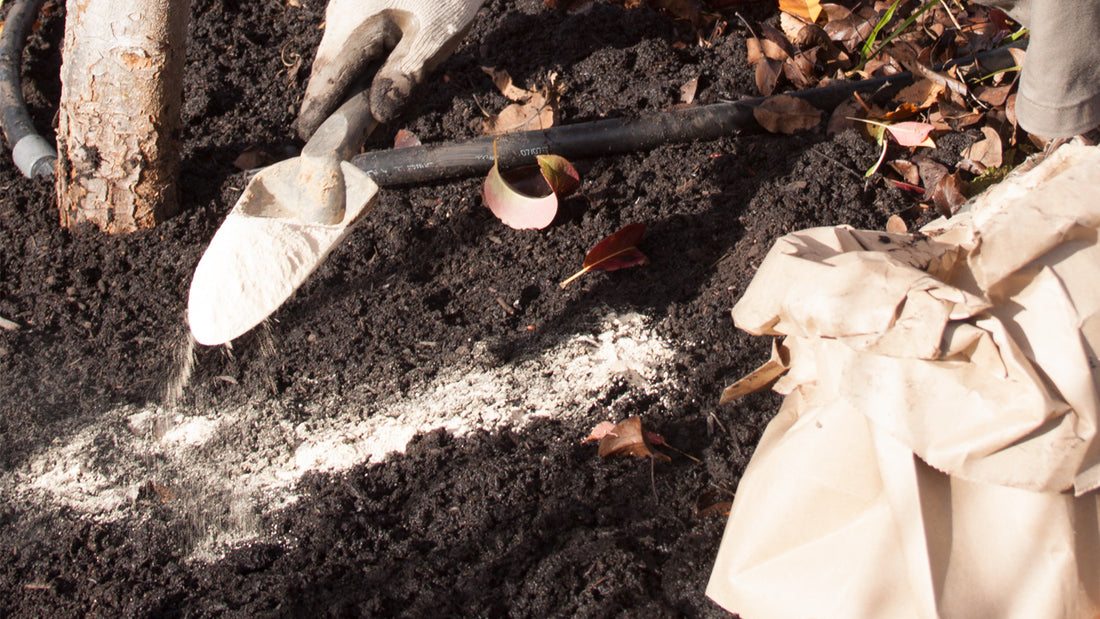

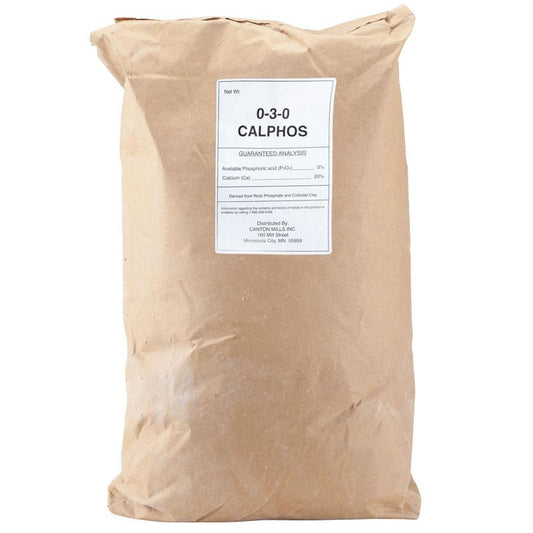
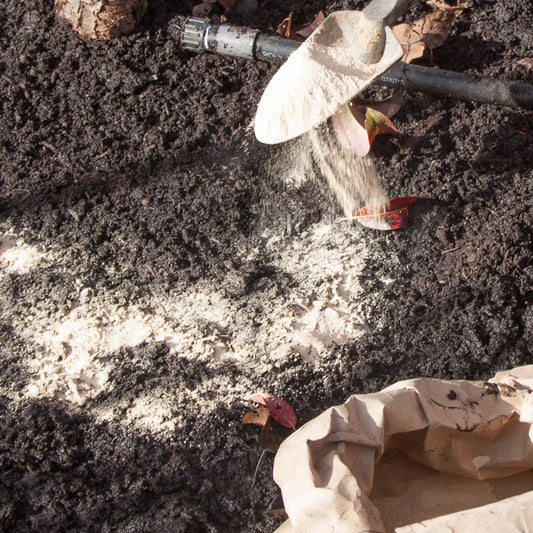
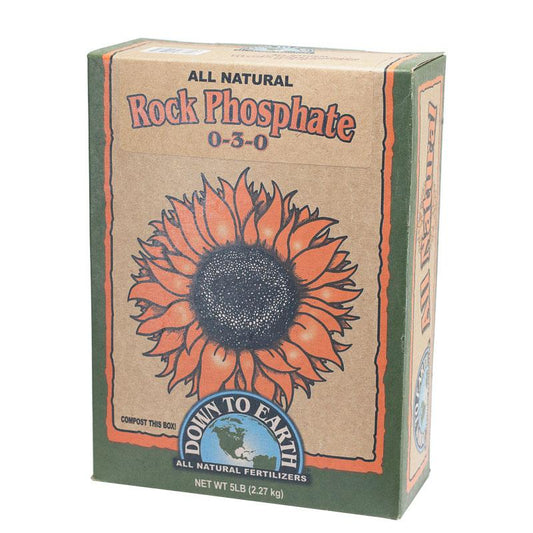
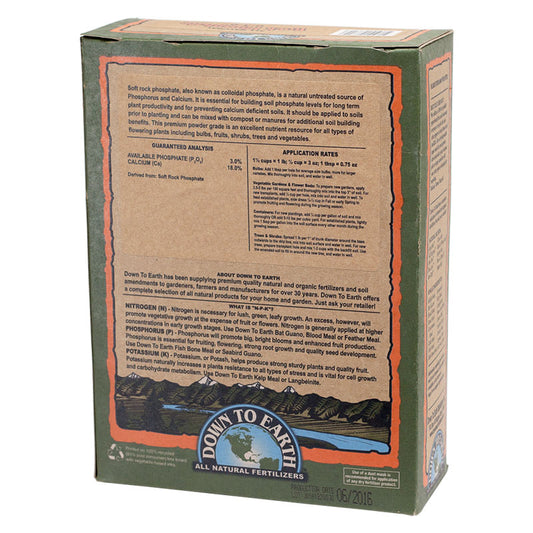
12 comments
Ali, the 5 lb and the 50 lb bag are the same soft rock phosphate. Just a better value if you want the 50 lb bag.
Price wise I would like to get the 50 lb Soft rock phosphate rather than 5 lb. Are both are same. Please let me know if I am doing the right buy? Sincerely, Ali Gholamzadeh
Joe, you can use soft rock phosphate for potatoes or bone meal.
Is this what I need for potatoes
Paul, are you wanting to increase the pH of your soil? If so you may still want to use the Dolomite. Soft rock phosphate raises the pH about 1/3 as much as oyster shell lime or dolomite. Really depends on what you are trying to do to your soil, raise the pH or just add more phosphorus to your soil.